Please view our updated COVID-19 guidelines and visiting procedures →.
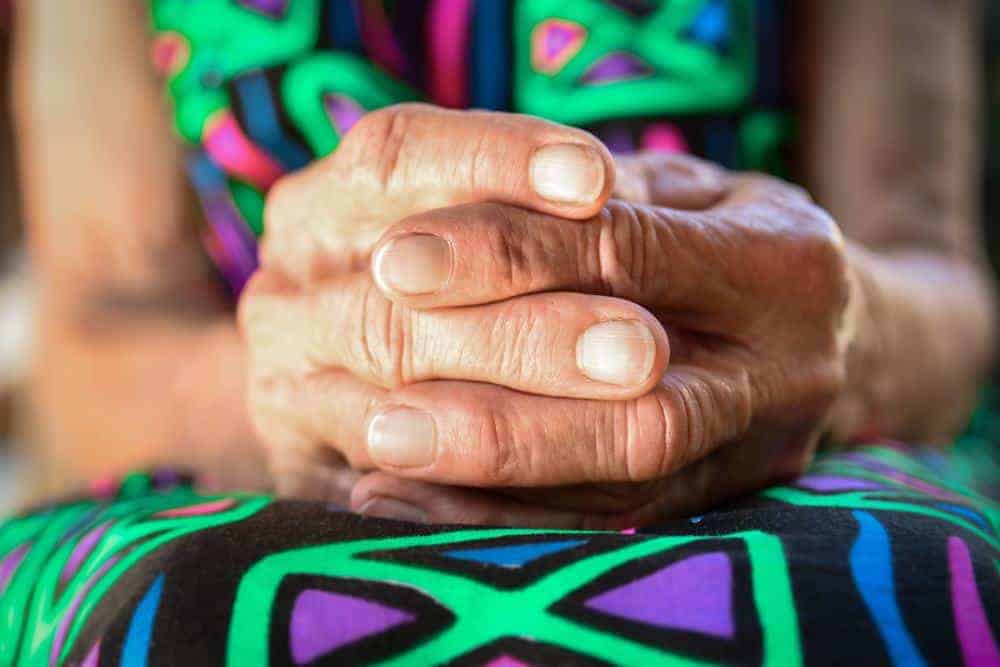
Pastoral Care is a core service of hospice care, an integral member of the interdisciplinary team that brings care to all hospice and palliative care patients and families. During difficult times, many seek solace in their spirituality, while others have many questions, and plenty of doubt, about where to find spiritual support.
It seems especially important to offer some reassurance while so many are struggling with current events. On this page we will be posting a series on how pastoral care providers at Connecticut Hospice see their mission, and how patients and families feel strengthened by their support, whether they follow a particular faith system or not.

In the first of this series, Jamie Johnson, Connecticut Hospice Pastoral Care Volunteer, defines how she sees Spiritual Care, and describes how it is given to hospice and palliative care patients in our in-patient setting and to patients at home throughout Connecticut.

Everyone has a worldview, a perspective on what is right or wrong, what is most important, what gives them comfort and inspiration, and why things happen. For many, their worldview is formed by their religion and faith communities. Others look to their human connections, to nature, to service, to love, something larger than themselves. This acknowledgement and embrace of something larger than ourselves, however you define it, is spirituality.
When crisis happens—unexpected change like losing a job, injury or illness, death—people turn to their sources of comfort and support, their spirituality, to make sense of what is happening. Some people pray to God, light a candle, meditate, take a walk outside, speak to a friend, clergy, or a therapist, create art. Sometimes, though, the crisis is so overwhelming they aren’t able to access that support. At Connecticut Hospice, this is where the chaplains and volunteers of the Pastoral Care department step in.
A sign in the Pastoral Care office reads:
Chaplains help create a sacred space for people of all faiths and cultural beliefs in stressful, life changing, or transitional moments to find meaning, hope, connection, and comfort by enabling them to identify and draw upon their inner strength.

This is spiritual care. Chaplains and volunteers offer their compassionate, calm, open presence to all people, from those in traditional faith communities to the “spiritual but not religious” and the “nones.” They will listen and provide support based on the careseeker’s beliefs.
Pastoral Careworkers do not preach or lecture; they do not judge or condemn. They sit at bedsides, hold hands, and hold space for people to process what troubles them; they may also offer prayer, ritual, or readings as appropriate.



If hospice patients or families need particular religious care, the department will contact local clergy. A prayer room is always available for prayer and meditation. Roman Catholic Mass is celebrated weekly, with communion available to those who can’t leave their rooms. Interfaith services are also performed regularly.
To support people of diverse beliefs, the Pastoral Care department works with the entire Connecticut Hospice team.

The Arts Department provides engaging and inspirational art projects and music at the bedside. Pet therapists bring dogs around for tender, loving care. Social workers listen and guide. There are special, handmade blankets on each bed to surround patients with color and warmth. Even our location on the shore of Long Island Sound offers a restorative breath of fresh air to patients and their loved ones.
The Pastoral Care department is here to help and support you during difficult and challenging times.
Jamie Johnson, Pastoral Care Volunteer, Connecticut Hospice

For information about different religions and spiritualities: Harvard Divinity School's Pluralism Project
For a series of inspiring podcasts on spiritual questions: Yale University's The Quadcast
To hear Yale University’s Shades of Yale perform uplifting spirituals: Amen & We Shall Overcome
To read A Prayer for Our Time, by The Rev. Frederick J. Streets, ’75 M.Div, Senior Pastor of Dixwell Congregational Church, New Haven, CT: A Prayer for Our Time
Resources on spiritual care and chaplaincy training:
Association of Clinical Pastoral Education
Association of Professional Chaplains
To learn more about Prayer Shawls and blessing blankets: Prayer shawl ministry
To donate new blankets to Connecticut Hospice, contact [email protected] or [email protected]
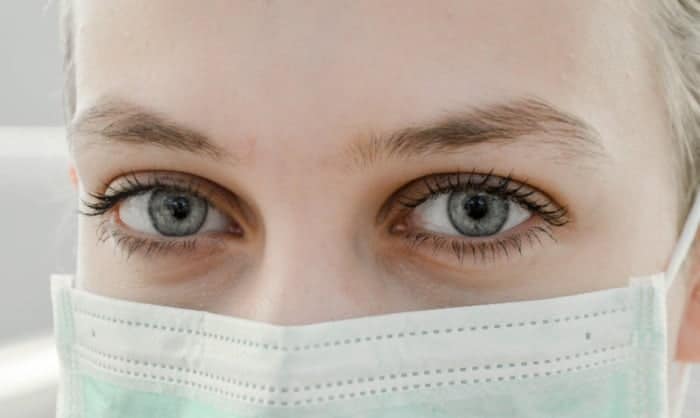
The World Health Assembly has designated 2020 the International Year of the Nurse and the Midwife to honor of the 200th anniversary of Florence Nightingale's birth and to advance nurses' vital role in transforming health care around the world.
National Nurses Week begins each year on May 6th and ends on May 12th, Florence Nightingale's birthday.
Connecticut Hospice is fortunate to have some of the best nurses anywhere. This has been true since our founding days almost fifty years ago, when far-seeing nurses set out to introduce the tenets of hospice care that exist today.
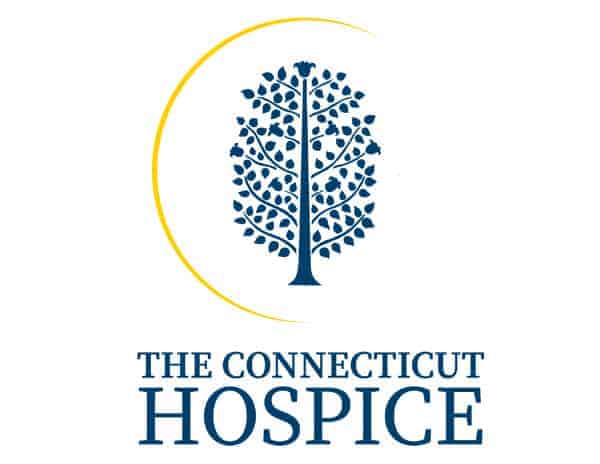
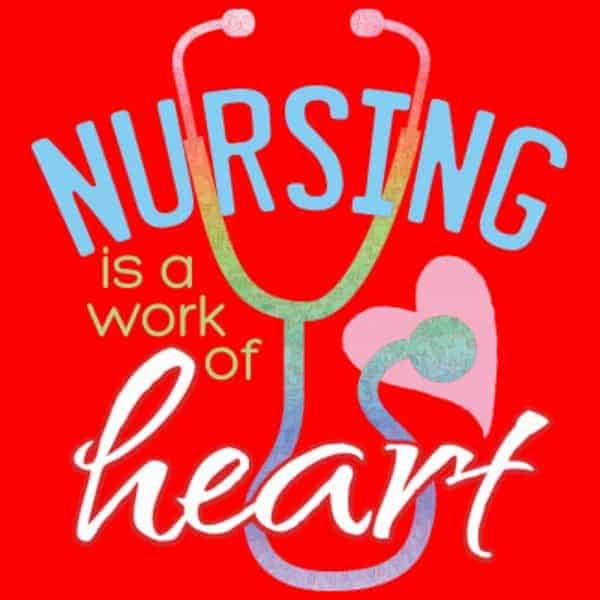
As years have passed, our nursing staff have built on those principles with a body of experience and knowledge that is second to none. Whether they are caring for patients in their homes (Hospice Home Care, Palliative Care at Home/Stand By Me) in another facility, or in our inpatient hospice setting (Inpatient Care, Inpatient Palliative Care), they bring excellence and dedication to all our hospice and palliative care patients and families.
This week we honor and applaud our nurses, particularly as they work under additional pressures brought by the COVID-19 pandemic. As Ann Kurth, Yale's Dean of Nursing, writes -
“They deliver up to 80% of all services. They provide care with scientific evidence, expertise and empathy. They are a constant in the patients’ journey through this illness, inspiring confidence at the beginning, delivering attention throughout, and providing a compassionate presence as the sickest of their patients succumb.”
We have adorned the windows of our lobby with the names of the Nurses of Connecticut Hospice, as we do every year in recognition of their individual contributions to the excellence of our institution. Many visitors to the building every May in years past have asked whose names are displayed – sometimes imagining that they represent a patient memorial, but no - these are our own heroes.

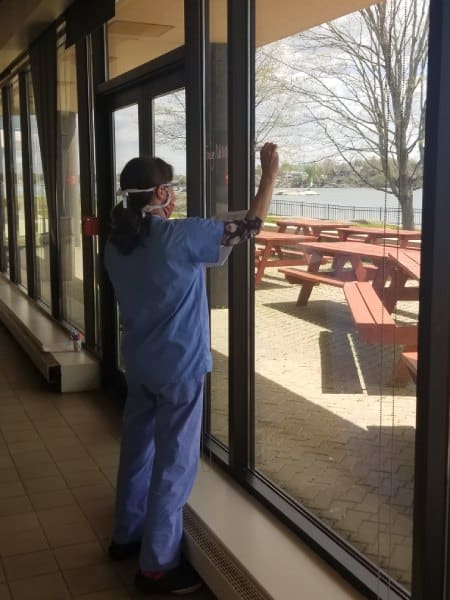
We ask you to join us in thanking our tireless, expert, empathetic and steadfast care-giving colleagues, as we thank nurses everywhere at this time. If you wish to send a message of thanks or encouragement to our nurses, the heart of our organization, please email to [email protected] and we will make sure it reaches them all.
Further Reading
Op-Ed by Ann Kurth, Yale Dean of Nursing: We will need nurses to get us through COVID-19 - and the next pandemic
Some lighter reading: History of white nurse uniforms

Gus is a registered Pet Partners therapy dog. He and I have been visiting Connecticut Hospice for over 7 years, where he’s the “Wednesday Dog”. He walks into patients’ rooms like a superstar, confident, curious, happy to connect with everyone he sees. Often, he’ll check the floor first to see if any crumbs have fallen, but then he’s ready to make friends.
A hospice clinic is a serious and emotional place, but I almost always observe a joyful reaction to Gus’s arrival. Patients smile, interrupt their conversations, sit up taller in bed, reach a hand toward the dog. I’ve seen family members in tears who sigh deeply and put their arms around him. Others have told him his timing was perfect, they needed him right at that moment.
He seems to take it all in stride, expecting nothing less. I often tell people he loves his job because it gives him almost enough attention. I’m pretty sure there’s no such thing as enough in his view.
But now, in this time of the Coronavirus, Gus is no longer able to visit his friends. Just like the rest of us, he’s having a hard time adjusting to the changes. Now his day starts as it always did with a long walk, but even that brings disappointment. He tends to veer toward every single person he sees, neighbors, construction workers, mail carriers, just to make friends. In these days of social isolation, I keep walking, and Gus just looks over his shoulder, confused.
When we get home, Gus begins his surveillance, watching every move I make for signs that we’ll be going out for a visit. ‘Is she putting on her shoes?’ ‘Is she getting her hearing aids?’ ‘What about her volunteer badge?’ You’d think these would be imperceptible moves on my part, but not for Gus. He can hear that volunteer badge going over my head from anywhere in the house. The sound brings him running toward me, tail wagging, big happy expression on his face. These days those signs never come, so by mid-afternoon he gives up. He keeps watching me, but it’s clear that I’ve let him down.
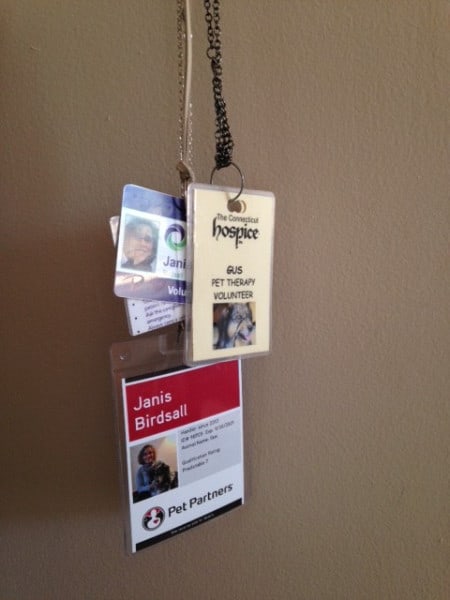

I take him for car rides, he’s not fooled. I take him for extra walks, he still can’t stop to make new friends. I try to teach him a new trick, he’s bored. I’m not sure how you’re coping with all these changes, but in my house, we’ve turned to cooking comfort food, going out in the natural world and connecting with our family ‘virtually’. None of that works for Gus, but he has found one way to make himself feel better. He goes to the living room, flips over on his back and just waits for one of us to walk by and offer a belly rub. Works every time!

All this to say Gus misses his CT Hospice friends. We can’t wait to see you again.
Janis Birdsall
Janis Birdsall is a Pet Therapy Volunteer at Connecticut Hospice
Pet Partners is the largest and most prestigious non-profit registering therapy dogs and other therapy animal pets including horses, cats, rabbits, and birds. For more information, click here: https://petpartners.org/
To read more on the benefits of hospice therapy dogs, click here: the benefits of hospice therapy dogs
Further resources for service dogs, therapy dogs, and other types of assistance dogs: finding therapy dogs
Did you know there are other animal holidays? Here's a link to more special days for animals: https://www.dogtipper.com/fun/pet-holidays
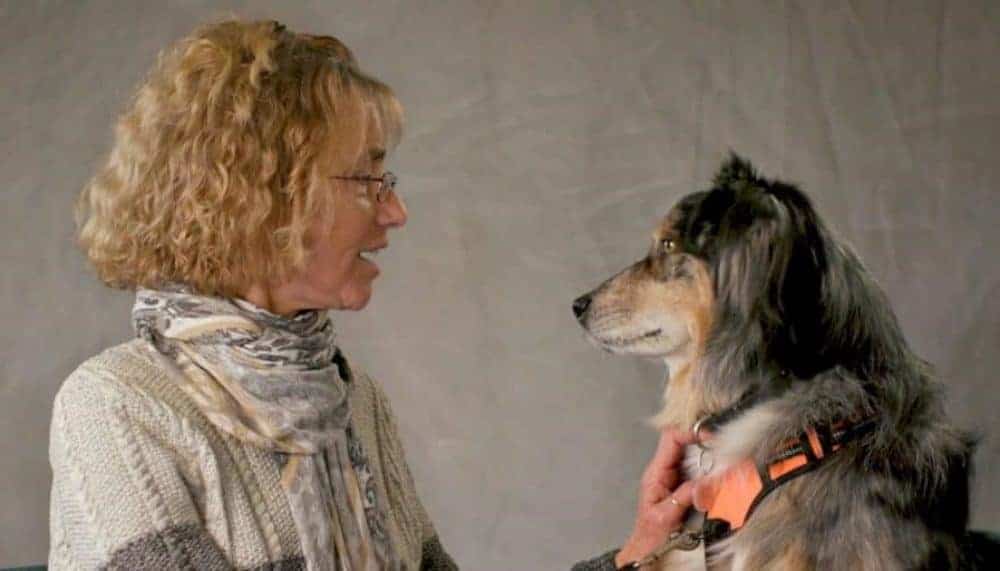
Connecticut Hospice community is fortunate to have many Pet Therapy Volunteers who bring their certified pet therapy dogs to visit our patients and families. While we can’t celebrate their special day in person because of the coronavirus, we want to honor them by sharing some of their pictures with you. Please enjoy these beautiful beings and join us in thanking them all!
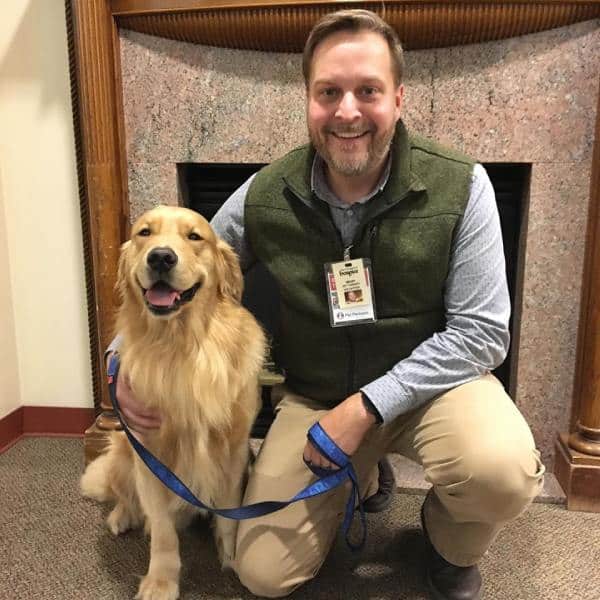
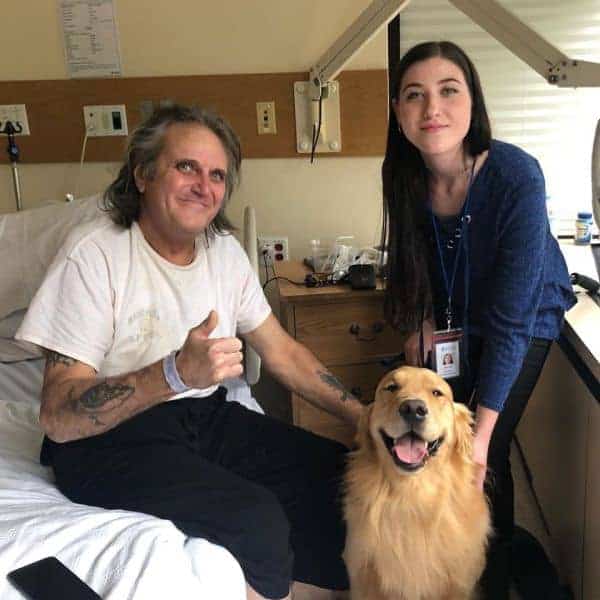
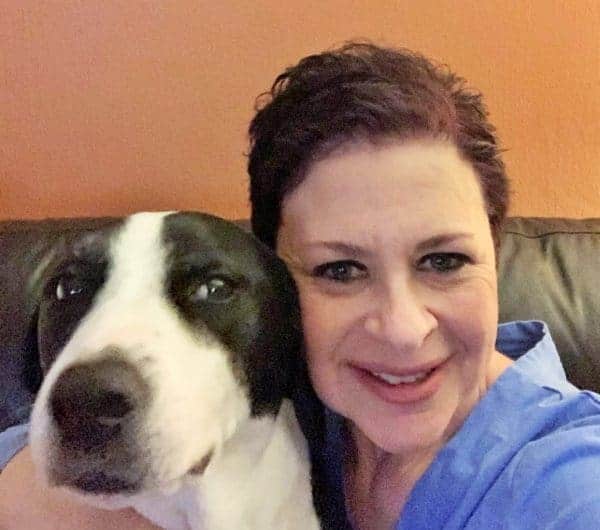
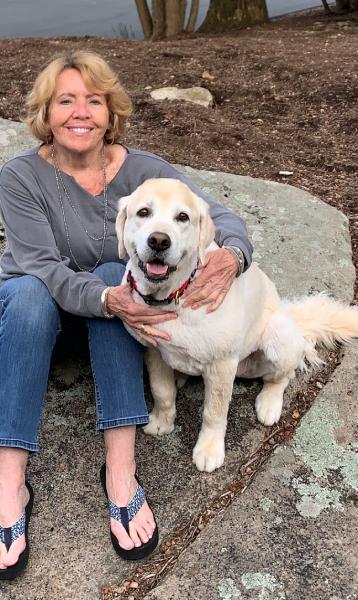
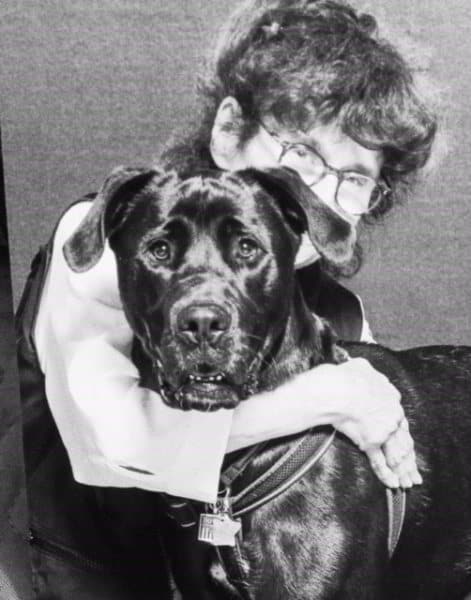
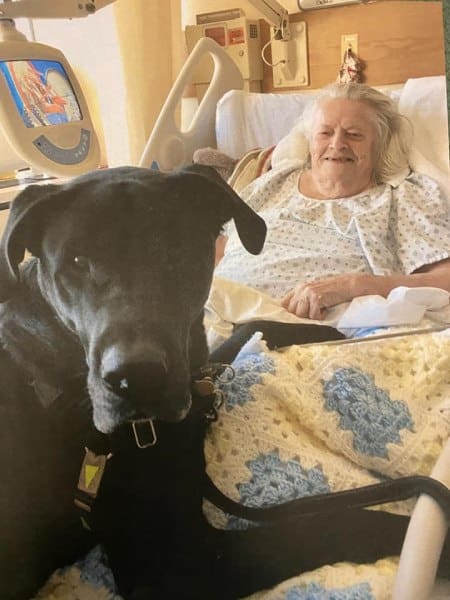
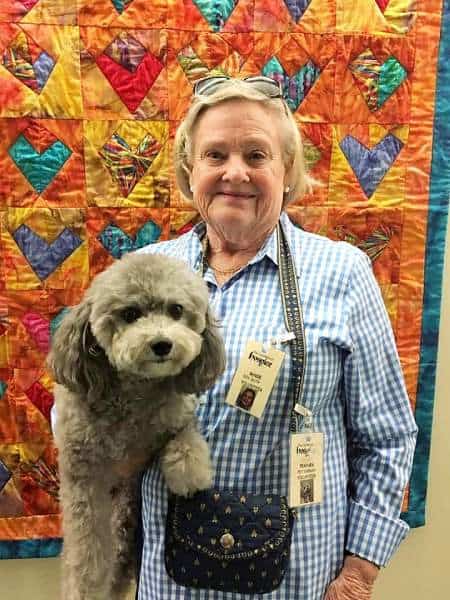

Did you know there are other animal holidays? Here's a link to more special days for animals:https://www.dogtipper.com/fun/pet-holidays
For an article on the benefit of therapy dogs in hospice care, click here: The benefit of hospice therapy dogs
Resources for finding service dogs, therapy dogs, and other types of assistance dogs can be found here: Finding service, therapy & assistance dogs
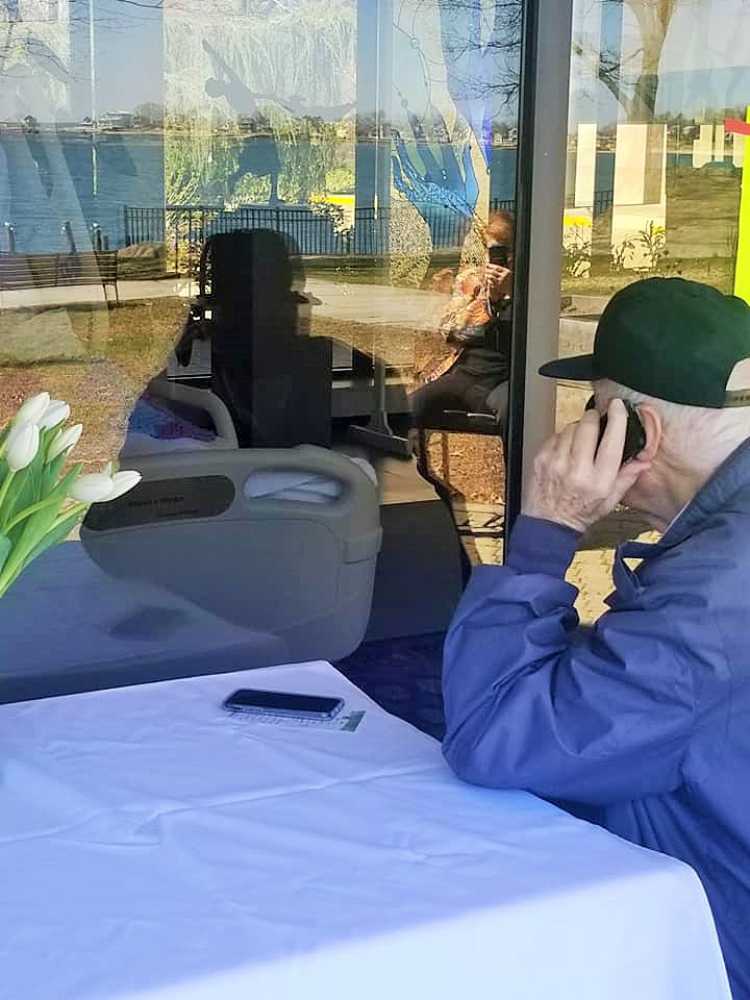
On a recent spring day, Sybil was brought down to the sunny lobby of Connecticut Hospice inpatient hospital in her bed. Social Work and Arts Department staff had collaborated over several days to orchestrate what was to happen when she got there. Her view through the floor-to-ceiling windows took in more than just the lawns stretching down to the sparkling water of Long Island Sound. On the other side of the glass, positioned six feet apart or more, were some of her closest family members. As staff music therapist Hannah Righter played “You’ll Never Walk Alone”, a favorite family song learned specially for this event, Sybil’s brother-in-law held up a large, colorful sign festooned with hearts, that read “Happy Anniversary”. Other family members held up phones to share this special day with a daughter in Tennessee. Her husband Don, sitting next to a vase of fresh tulips on a small table, leaned right up against the glass and spoke to her on a cellphone.
“It is so difficult not to be able to be with my wife now. Knowing I will see her through the window brings great joy”, he said before arriving. “I am very lucky to have such a wonderful family. I could not ask for more.”
As Hannah played “Five Foot Two, Eyes of Blue”, Sybil flashed a wide smile and sang along, tapping her hand.
This is how a couple who met days after Don’s return from service in the U.S. Army celebrate their 63rd wedding anniversary during coronavirus. When visiting guidelines are severely restricted by state executive orders, and parties must be made up of only a few, who cannot even hug each other, some have found a way to celebrate anyway.
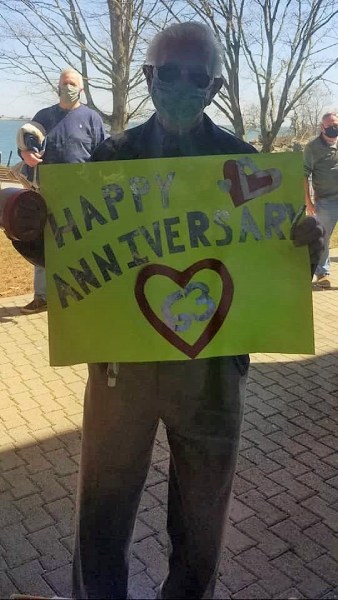
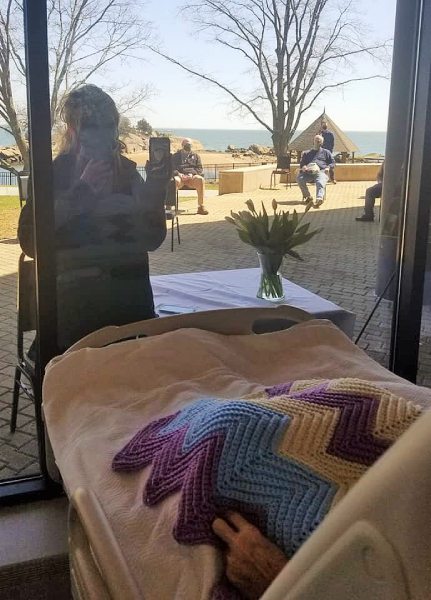
Throughout the world, models of not only health care provision, but also basic human interaction, are being upended by the COVID-19 crisis.
How is hospice care adapting to this new landscape? How are patients and families continuing to receive the type of care and support which are the cornerstones of hospice care? In this article, we take a look at the ways in which Connecticut Hospice has adapted or transformed some of its programs both to meet patient and family needs, and to meet the challenges intrinsic to these times.
To enumerate the many changes and challenges, limitations and restrictions that have been placed on society in the past couple of months, and on health care providers in particular, is possibly redundant when the local and national news covers them almost exclusively on a daily basis. However, the ‘new normal’ presents specific challenges in a hospice setting, where one-on-one support, touch, unlimited family visiting, pet therapy, volunteers, bereavement support groups, and art and music therapies have been integral to hospice care for decades.
But hospice workers have always been resilient, resourceful and collaborative. Their work with patients and families has always required that they find alternatives, offer resources and solutions, empathy and understanding. This is especially true when one of the outcomes most wished for by the patients and families in their care – the cure of their incurable disease - is often beyond anyone’s capabilities.
So when infectious disease protocols and government executive orders limit close one-on-one contact with patients in the inpatient setting to certain staff, those staff-members must carry ever broader shoulders; they may be the only living beings patients can see for now and they must be almost all things to all people. The exception to this is when a patient nears the very end of life when hospice tenet dictates that no patient should die alone. Unlike the current policy in many hospitals, where COVID+ and other patients are not permitted visitors, at Connecticut Hospice, up to two family members may come at that time.
When patients cannot see facial expressions, now covered by masks and face shields, creative medical school students like Shayna Zanker step up to create large laminated badges featuring the friendly smiling face of each staff member.
Teamwork and professionalism under fire has allowed CT Hospice staff to pivot with agility, and to continue to offer excellent care and supportive programs to what is inarguably one of the most vulnerable populations.
The changes undertaken are not limited to emotional or psychological adaptations; technology is playing a huge role where physical contact is not possible. Social Work and Arts staff collaborate to facilitate 'virtual' visits using Facetime, Skype, Messenger, Zoom, etc. as well as taking people like Sybil to the lobby for family visits from the other side of the atrium windows.
Tele-Chaplaincy is now a staple of Pastoral Care. https://www.hospice.com/pastoral-and-spiritual-care/ Chaplains are praying with patients and families together on FaceTime. For Christians, communion is not held with tangible sacraments, but is spiritual and virtual. The advice that Reverend Warren Godbolt, Director of Pastoral Care, learned in theological school has taken on another layer of meaning these days –
“When you can’t find God’s hand, trust God’s heart”.

Bereavement support https://www.hospice.com/bereavement-program/ has been transformed by the COVID-19 pandemic as well. As in-person support groups were by necessity suspended, group members were contacted to inform them of on-line resources, including a Grief Group via Facebook by grief expert David Kessler. Group members are also encouraged to call the CT Hospice Bereavement Department for phone support any time. As on-line support is now being utilized much more during this time of social distancing, links to resources have also been added to the Bereavement page of the CT Hospice website and Connecticut Hospice Facebook page. Jennifer Stook, Bereavement Director, adds
“Every day we are learning new ways to connect to people needing grief or bereavement support and we are open to being creative while observing HIPAA regulations and privacy for those seeking assistance.”
Home care https://www.hospice.com/hospice-home-care/ staff have faced an array of challenges to their routines and work habits. PPE (personal protective equipment) is of course high on the priority list of caregivers who visit patients in homes and nursing homes, even in normal times. The extra layers of protection now required have to be changed, sanitized, or discarded, continually throughout the day. Some families desire to have no in-person visits in their homes currently at all, so ‘tele-health’ and careful communication and observation by phone or internet is a new option.
Home Care and Inpatient staff were already learning to navigate a range of new technologies connecting them with patients and each other throughout the past few years. The pandemic has accelerated that process. As Eric Smith, Information Systems Specialist, puts it:
“What was supposed to be a transition taking many months, became a transformation that has taken only a few weeks. We’ve taken a broad leap from a traditional information technology environment to one where we can provide and support patient-centered care anywhere, anytime, and on any type of device. We still have a way to go, but we are much, much further along in the process.”
Besides assisting patients and families to visit each other virtually, the Arts Program https://www.hospice.com/arts-program/ has digital exhibitions and music performances lined up to be broadcast on in-house bedside TV channels (for those without laptops or smartphones) until Arts staff and volunteers are permitted to return to making bedside visits.
The John D Thompson Hospice Institute, CT Hospice’s educational arm, https://www.hospice.com/jdt-hospice-institute/ hosts hundreds of interns and students in a normal year. Now, some of those students are finding helpful and creative ways to remain engaged. Students from Yale’s School of Organization and Management are hosting training courses for staff, and Medical and Nursing students are donning PPE and helping in both outpatient and inpatient settings.
Perhaps the most moving example of the indomitable spirit of Hospice care has been the outpouring of generosity and involvement by CT Hospice Volunteers and the community at large. Early in the crisis, a Governor’s order suspended volunteer activities in hospitals. In Hospice care, volunteers serve in every discipline, and while they cannot now visit to help in person, this has not stopped them from remaining engaged on every level.
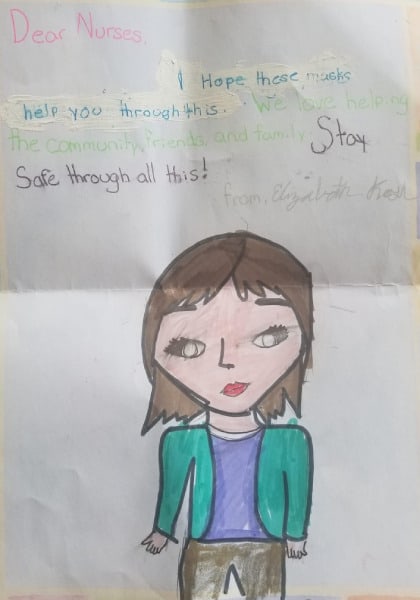
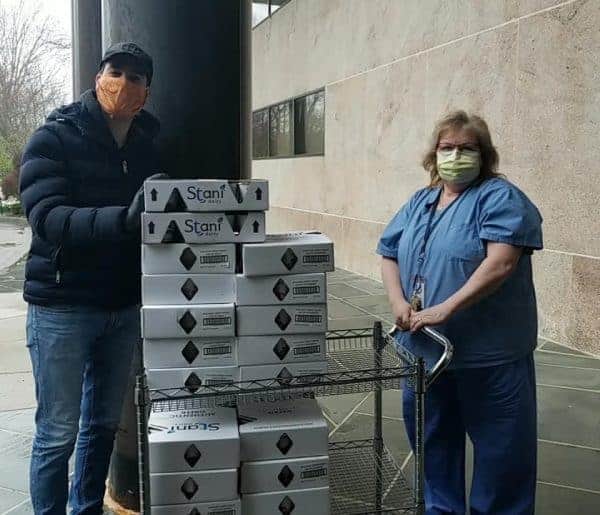
They have made hundreds of masks, sent music and messages on YouTube and Facebook videos, written articles, made phone calls, recruited donations of food and PPE. In the community, armies of furloughed workers are using sewing machines and 3-D printers to produce much-needed PPE, restaurants are donating meals, and everyone is banding together to help each other through the crisis.
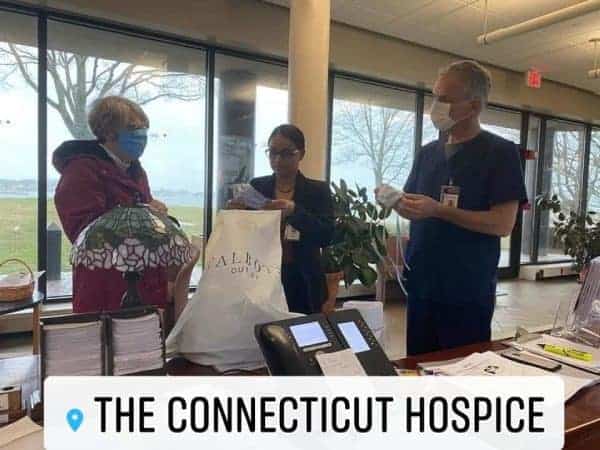
The following has been making the rounds recently –
“FEAR has two meanings – Forget Everything And Run, or, Face Everything And Rise”.
The first option is not in the lexicon of hospice workers. Almost everything has changed in a few weeks. Almost. The mission and spirit of hospice care remain, stronger than ever.
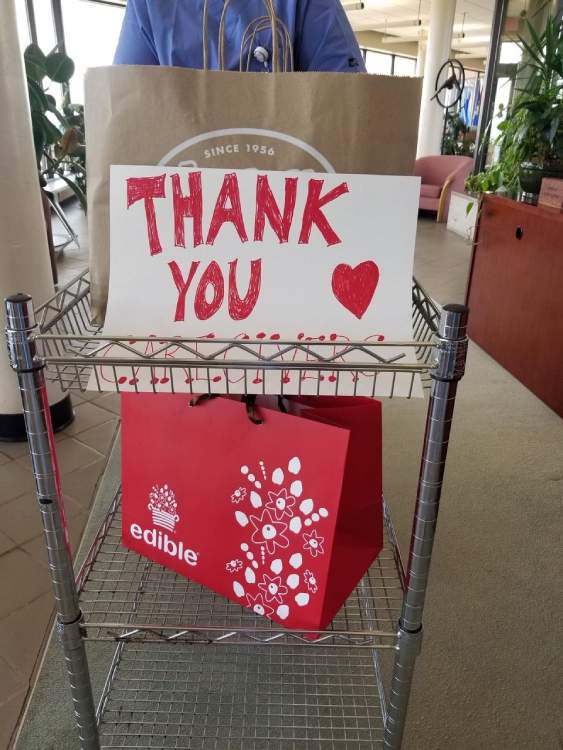
As a not-for-profit, we depend on generous donors to help us provide customized services and therapies that aren’t completely covered by Medicaid, Medicare, or private insurance.
Please make a gift to help us sustain the highest standard of care.
Admissions may be scheduled seven days a week.
Call our Centralized Intake Department: (203) 315-7540.